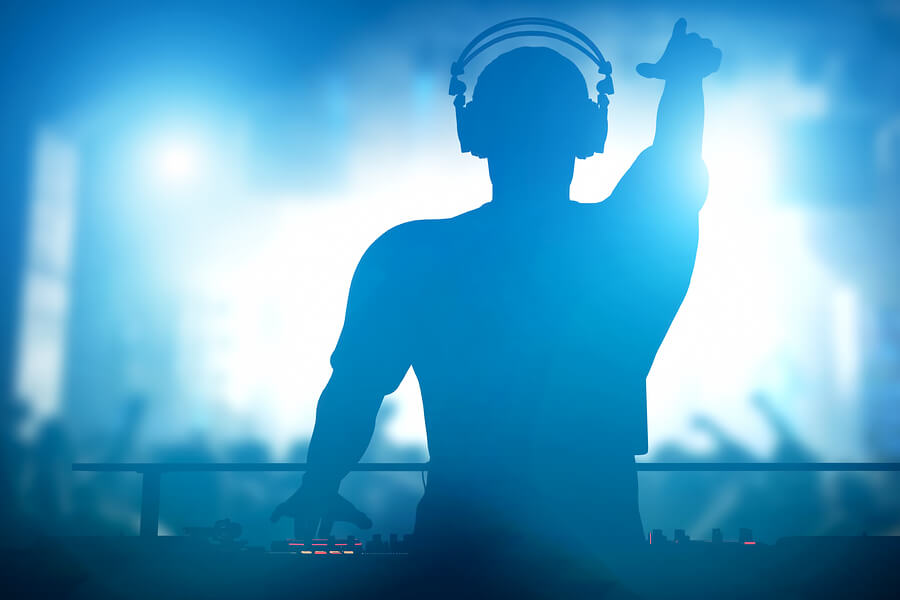When setting up to record a live concert in an indoors venue, there are certain aspects that will be different from a typical video production. For instance, you usually can’t set up your own lighting, as the venue and musician/band will be using their own preferred lighting. Sometimes this can lead to a very dark environment that can have flashing lights, pyrotechnics, and other special effects.
Another thing that must be considered is that you only have one chance to get the right video. Once the concert is over, there are no second chances to record it again. This means pre-planning and all equipment checks must be properly completed before the concert ever starts.
Challenges of recording indoor concerts
Lighting
Lighting is the main difference between shooting indoor concerts and typical video production.
Indoor lighting for a typical music video production typically consists of three-point lighting. Three-point lighting consists of key lighting, fill lighting, and backlighting. Key lighting is lighting that is directed at the main subject on stage. Fill lighting is used from the front and side angles in order to eliminate shadows created by key lighting. Backlighting is used to create silhouettes and glowing edges on subjects.
A live concert does not typically use three-point lighting, so this presents some challenges to the videographers. Different musicians and bands may utilize different lighting schemes, so you have to be prepared for any type of strobe/flashing lighting, special effects, and dark scenes. The thing about shooting live concerts is that there are no extra takes. You only have one shot to get it right.
Low light
When shooting video in low light situations, using a camera and lens with low aperture/f-stop is essential to getting good quality video. The lower the aperture, the more light that is allowed into the camera, and the video will be brighter, even in low light situations. Shutter speed and ISO can also be adjusted to allow more light into the camera. Decreasing the frame rate will also allow more light. Video can also be lightened during the editing process.
Sound
If possible, you should plug your sound equipment into the house sound board, but if that’s not an option, you will have to use other types of recording. Ambient microphones can be strategically placed around the venue to capture sounds from all angles. This will also give you the crowd noise, so this is the best choice if you want the sound to be a raw recording.
Lights! Camera! Action!
Recording the show should be pretty straightforward once all cameras and mics are mounted in place. You may want to get some crowd shots at times, and you can edit them into your video during the post-production phase. Lining up scenes will take a little time, but syncing the audio is generally the most tedious part of post-production. Once it’s completed, you’ll have a shiny new video of the concert!
If you aren’t sure about your recording skills, why not let the professionals help? Blue House Productions has an experienced team of concert recording experts, who all have the knowledge and equipment necessary to create high-quality videos of live concerts.
Contact Blue House Productions today to discuss your concert recording options.

